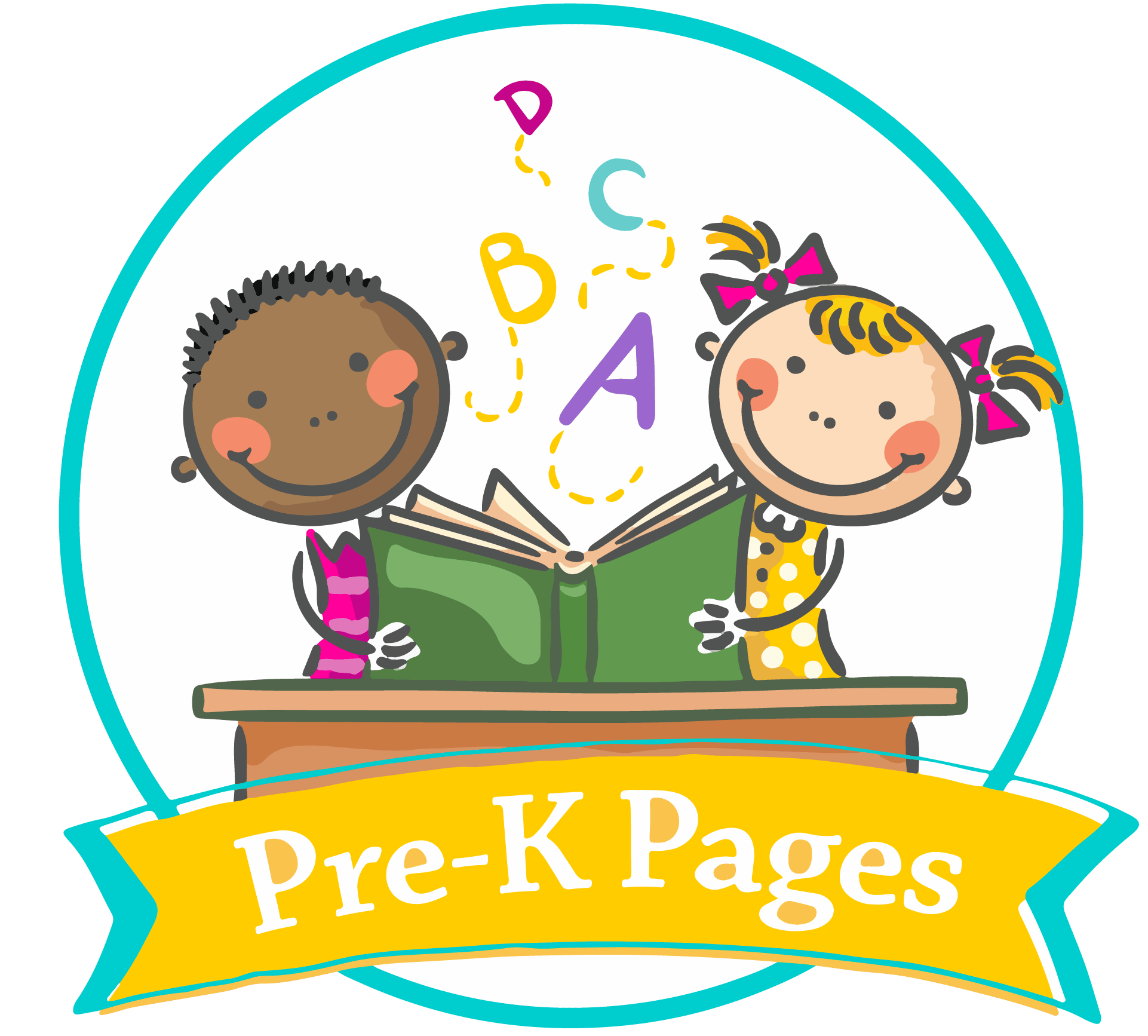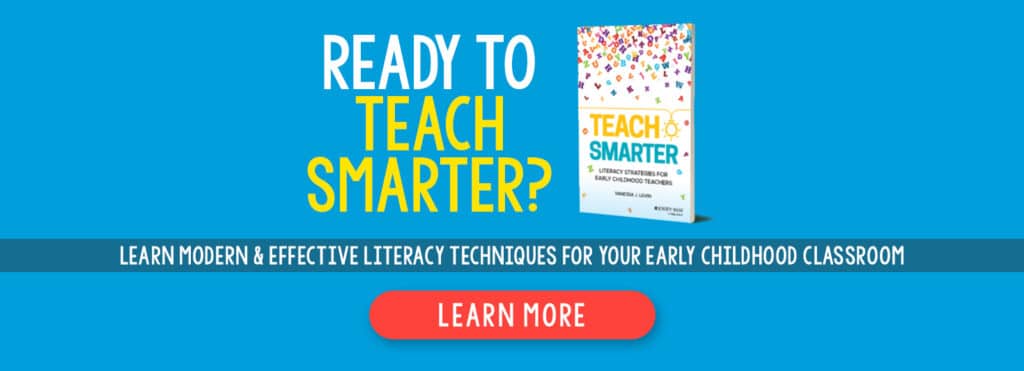Teaching young children literacy skills can be tricky. They’re such an important skill that it can become downright intimidating to teach them to your students.
Which comes first? Letter names? Or letter sounds?
The answers to those questions are tricky. Figuring out where to start can give even the most seasoned preschool educators a headache.
But, lucky for you, this is exactly what I’ll be discussing in this week’s episode of Elevating Early Childhood.
Tune in now and learn all you need to know about teaching letter identification and sounds in preschool and which one to start with.
Are you ready?
Let’s dive in!
Which Literacy Skills Should You Teach First in the Preschool Classroom?
This is a question that many people, both teachers and homeschoolers alike, end up asking themselves while teaching preschoolers.
The first thing we need to know as early childhood educators is that learning the alphabet, or any other literacy skill, is not linear. A lot of literacy learning is taking place simultaneously, instead of one after the other.
Think of this in relation to how a baby develops skills. When a baby is just learning how to walk, they’re also developing other skills at the same time. They’re not just learning how to walk and nothing else.
My husband’s niece, for example, is twelve months old, and she’s now learning how to walk. She’s also learning how to talk and how to feed herself at the same time. The very same thing is true for early childhood literacy skills.
How to Teach a Child Literacy Skills
Young children learn everything, not just letters, from repeated exposure over time. So, for example, let’s say you’re reading a book and you want to teach a child the letter P. The best way to do it is by showing them a picture of the letter, identifying it to them, and asking them if they can find it.
If you really wanted to enrich this activity and take it a step further, you could say, “This is the letter P, the P says ‘puh’, can you say ‘puh’? Can you find the letter P?”
And you could extend this even further and have the child look in the mirror while making the sound that the letter P makes. This way, they’re going to be watching their lips as they say the sound, so they can see what their lips are doing.
Keep the Children’s Age in Mind
What I recommend for anybody, parents and teachers alike, is to check out the CDC’s milestones for developmental skills, which breaks down what children are typically able to do at a given age.
For example, three year olds are still very much in the exploratory stage, according to the CDC guidelines. They’ve only been on this planet for thirty-six months, and they’re still trying to figure out how this whole speaking and language thing works.
That means that three year olds don’t need to be bombarded with repeated requests to produce letters on command. Simply building on their exposure to letters at that age is plenty, and it will go a long way to laying a solid literacy foundation for them.
Think of a young child’s brain like a garden. You don’t just sprinkle a few seeds on some really dry earth and expect a really lush, gorgeous garden to grow.
No, you have to prepare the soil to receive the seeds. And then once you do that, you’re going to water the seeds, you’re going to pull the weeds, and you’re going to do everything you can to help your garden thrive.
Helping a young child develop literacy skills takes the same amount of work.
I discuss all of this in more depth in the episode above, so make sure to give it a listen when you can. I promise, it’s a fun one!

![EEC078_wide [Image: How to Teach Preschool Students Literacy Skills]](https://www.pre-kpages.com/wp-content/uploads/2022/12/EEC078_wide-1024x576.png)
![[Image quote: “Learning the alphabet, or any of the other literacy skills that go along with it, is not a linear process.” - Vanessa Levin]](https://www.pre-kpages.com/wp-content/uploads/2022/12/EEC078_quote1-2-1024x1024.png)
![[Image quote: “Young children learn letters from repeated exposure over time.” - Vanessa Levin]](https://www.pre-kpages.com/wp-content/uploads/2022/12/EEC078_quote2-1024x1024.png)
